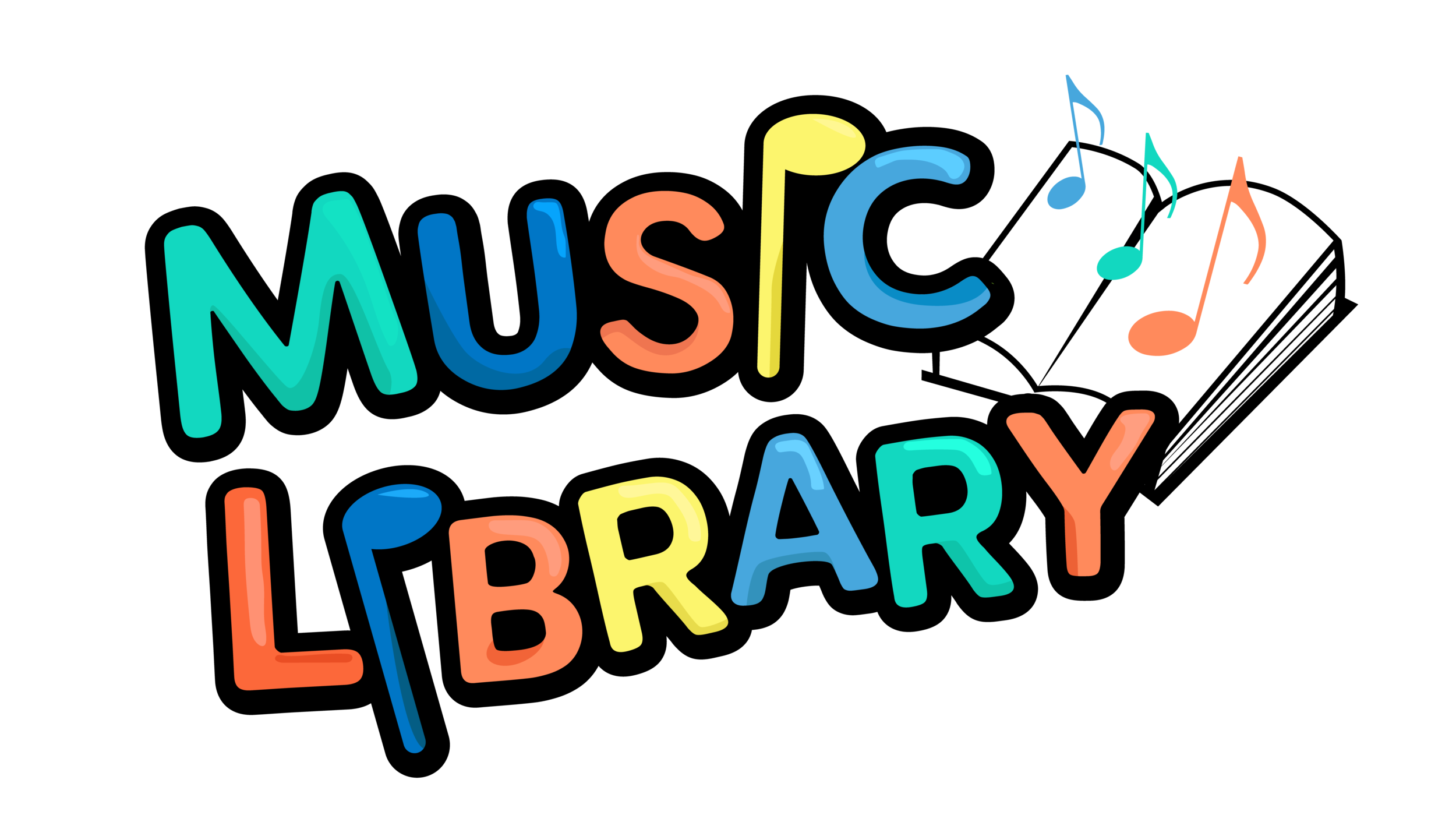Think Outside the (Music Library) Box
Animal x-rays, craft projects and constellation model kits. What do all of these have to do with a music book subscription box? While Music Library’s focus is to combine the worlds of music and reading, I can’t overlook the amazing opportunity to expand upon all of the subjects Music Library books introduce to young readers. I view each Music Library title as a gateway to discovery that goes well beyond the two original disciplines. The educational buzz word for this: cross-curricular learning.
What is cross-curricular learning?
Cross-curricular learning can be described as a conscious effort to apply knowledge, principles, and/or values to more than one academic discipline simultaneously. The disciplines may be related through a central theme, issue, problem, process, topic, or experience (Jacobs, 1989). Generally, it means finding a common thread through seemingly unrelated subjects and combining into an all-encompassing educational experience. Unfortunately, as more and more pressure is placed upon public school teachers to cover the benchmarks measured by standardized tests, interest in the cross-curricular teaching model has been slow to attract interest (See below). Science teachers are teaching science, math teachers are teaching math and there is little to no overlap.
Graphic by Google Trends
Why is cross-curricular learning important?
Dem bones dem bones dem….frog bones! What better way to connect to a study about bones than to put animal x-rays into the hands of readers!
Research suggests that when topics are woven together, learners are able to internalize concepts more easily. When you make learning messy, meaning you mix up all the ingredients (math, science, reading, etc.) and combine them with all the methods of internalizing knowledge (aural, visual, physical, etc.) then you mimic real-life learning-learning as it is done pretty much anywhere outside a classroom environment. Our brains are complicated, interconnected, vessels that need numerous connections to ideas before they are solidified. Take the baby sitting on the blanket, holding a toy. What does she do with that toy? She shakes it. Throws it, bangs it, passes it from hand to hand, puts it into her mouth, germs and all. And then, after being distracted buy the sound of birds chirping or the dog barking, she refocuses her attention and does it all over again. She solidifies her learning through multiple channels and multiple repetitions.
Cross-curricular learning and Music Library
Feather boas and pince-nez glasses have nothing to do with music…unless you’re reading a book about an opera diva and her lovable assistant!
Even before I knew there was a name for it, I’ve believed in the benefits of a cross-curricular teaching model. Many years ago, I sat in a conference room interviewing for my first “real job” out of college and declared to the panel of interviewers that I considered myself to be a teacher of all subjects, not just music. Meeting students where they are, connecting with them on many different levels and from just as many different angles-that’s what’s going to create meaningful, successful and enjoyable learning experiences and it is my firm belief that the end of the day, that’s what all parents and educators should want for the children in their care.
So yes, Music Library will teach children about music. They’ll learn about notes and rhythms, composers and performers. Each box will contain books that are engaging and evoke an excitement about reading but Music Library is going to do more. Music Library is going to be sure that readers perform science experiments, get crafty, practice writing skills and enjoy thinking (and learning!) outside the Music Library box.
